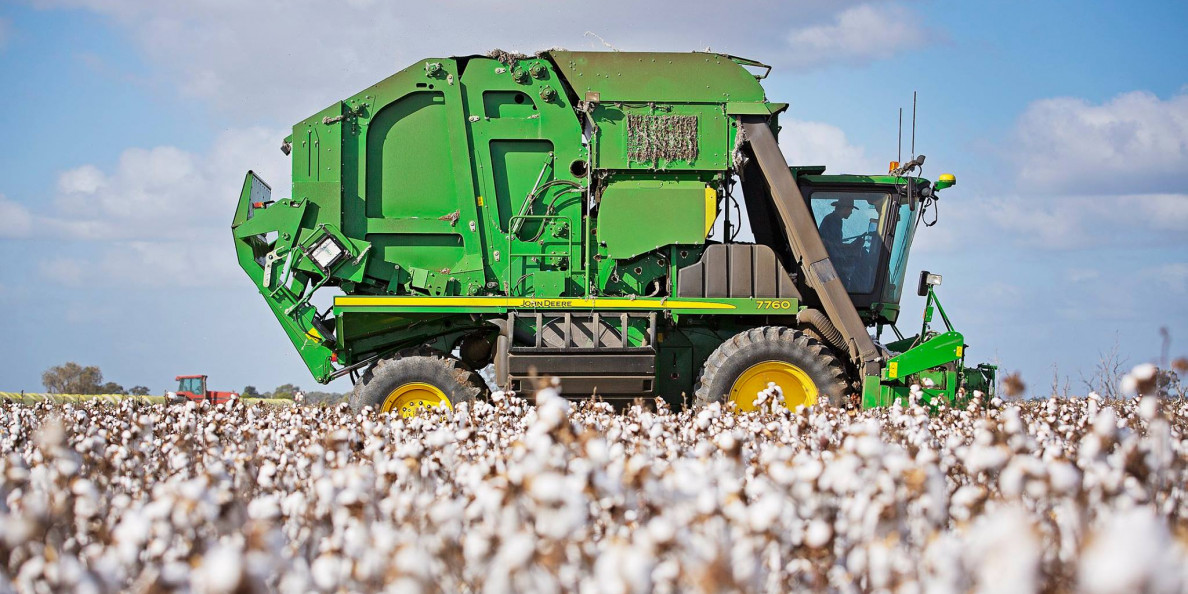By Jeff Thompson, Autauga Quality Cotton
As so often happens when a contract month nears first notice, market activity heats up. Last week was no exception. Growers with on call contracts, who for weeks had been betting on a rally, were forced to settle as July surrendered 481 points on the week. Reluctant grower pricing and weak export sales fueled the selloff.
The December contract, on the other hand, fared much better giving up only 19 points to remain mired in a trading range from 64 to 68 cents. It’s obvious the two contracts were influenced by different factors, as December now has a life of its own.
Speculators are a necessary evil in the futures market, lending it liquidity. As a result, there exists a love/hate relationship between them and those of us marketing commodities via the futures market. We consider them our best friend when they are buying the market then again, our worst enemy when shorting it.
Cotton couldn’t ask for a more despicable enemy, at the moment. Since June of last year, the spec community has sold an equivalent of 16 million bales on the futures market. As a direct result, the December contract price has fallen from a high of 83.36 to Friday’s close of 65.56. A loss of almost 90 dollars a bale in just over a years’ time.
Simply put, no one wants to buy this market. Why would they with trade wars, declining world economies, and a poor cotton balance sheet hanging over it like an anvil? Significant improvement in one or more of these will have to be seen before we can expect any sustainable price rally.
In the meantime, look for new crop prices to tread water waiting to see what the weeks ahead might offer.
December Still Has Time
Call me the eternal optimist, always in search of a glimmer of hope on the horizon. Unlike the July contract, December has time on its side where much can happen between now and harvest.
After a shaky start, this year’s crop will be hard pressed to meet current production estimates. At home, it’s a given all 13.8 million acres of intended plantings will not get seeded.
We will have a clearer picture of this when USDA issues their actual planted acres report this coming Friday. Also, a late maturing crop puts the 5-year historical yield average in jeopardy. All this said, a 22 million bale U.S. crop isn’t in the cards. Globally, much has been said about Brazil’s record crop.
When in the supply chain it may be offset by a poorer than expected Australian crop. Other northern hemisphere producing countries are having their own production woes. China is experiencing early season weather related problems. India, as always, must contend with a fickle monsoon season and continued bollworm concerns.
It’s Still About Demand
Production be what it may, the rub in all this is weakening demand. History tells us sustainable price advances must be driven by demand not production shortages.
Last week’s export sales report was like a warning shot fired across the bow of the ship. China and Turkey cancelled over 180,000 bales of previous old crop purchases with rumors more could be forthcoming. Shipments, once again, fell below the pace needed to meet the export estimate of 14.75 million bales.
Thus, with only five weeks remaining in the marketing year, it appears we will fall a few hundred thousand bales short. Nonetheless, new crop sales were strong at 311,000 bales though some of this may have been cancellations rolled forward.
To date, approximately four million bales of new crop have been sold for export out of an estimated 17 million bales. Attempting to export over two million more bales than last year seems a tall order considering current global economic woes.
Declining economic conditions, especially in Europe and Asia, is in effect reducing consumer spending posing a serious threat to the demand for cotton. Until some strengthening can be seen specs have little reason to abandon their short positions. Some governments are beginning to ease their monetary policies to stimulate growth.
The outcome of which will have a strong influence on the direction prices move in the coming months. As it stands now U.S. ending stocks are expected to be at their highest level since 2007 with a stock to use ratio predicted to be at an 11-year high, neither of which support higher prices.
Watch For Market Reactions But Don’t Expect A Trade Deal
Just a brief mention of the U.S. – China trade negotiations. Frankly because I’m tired of talking about it and the absence of any progress certainly didn’t do our on-call July positions any favors.
Nevertheless, President Trump and Chairman Xi are expected to meet at the G-20 Summit this week. I’m not naïve to think anything will come of it but the slightest news bite will get a market reaction albeit temporary.
At this point, the greatest benefit of an agreement between the two countries would not be so much the increased exports for the U.S. But rather, the fact it would go a long way in stabilizing the world economy.
Looking ahead, stay tuned to ever-changing conditions as they effect cotton fundamentals. Take advantage of any bump in prices keeping the low 70’s as your target. Though I never thought we would be talking about such, our downside risk is somewhat limited thanks to the POP payment provision in our marketing loan program.
The current AWP is 59 cents putting us closer than we would like to think. Please call Choice Cotton at 334-365-3369 if we can assist in your marketing efforts.


